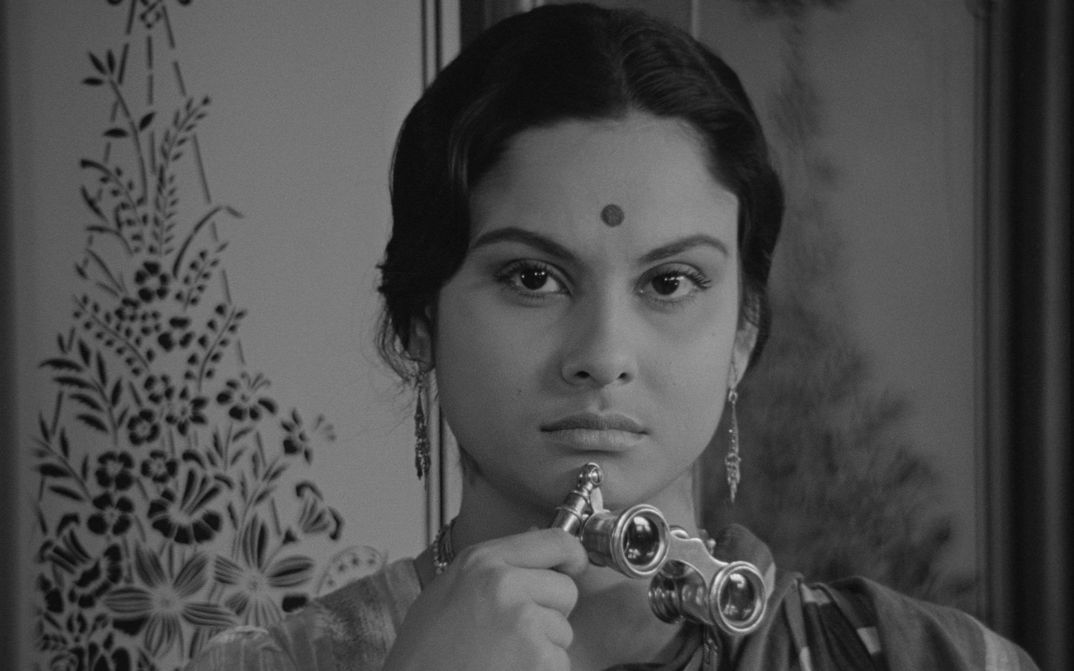Filmhaus Nürnberg: Tribute Satyajit Ray

“Not having seen Ray’s cinema is like being in the world without seeing the sun or moon.” (Akira Kurosawa). In September, the Filmhaus Nürnberg will be showing seven films by Indian master director Satyajit Ray (1921–1992) in collaboration with Arsenal, which illuminate the different facets of his extraordinary oeuvre.
Until 1956, India was barely known for its cinema outside of the country itself. This ended abruptly with the success of PATHER PANCHALI at the Cannes Film Festival. Ray’s debut film was awarded the special “Human Document” prize and catapulted the director into the ranks of the most significant filmmakers of his era. The neorealist-inspired Apu trilogy, of which PATHER PANCHALI was the first film, are classics of international cinema.
On the one hand, Ray’s films create a piercing image of India’s socioeconomic development. On the other, he developed his own film poetics that mobilized all the medium’s expressive dimensions. In his later films, he often worked as his own cinematographer, made use of natural elements such as light and rain instead of relying on studio technology and composed his own musical pieces for his films.